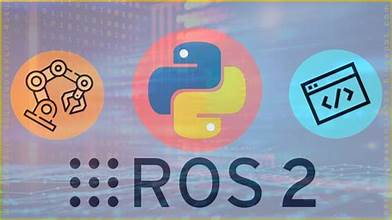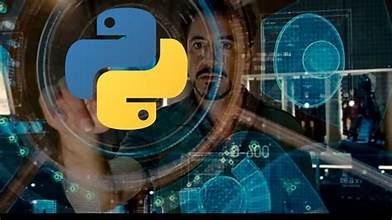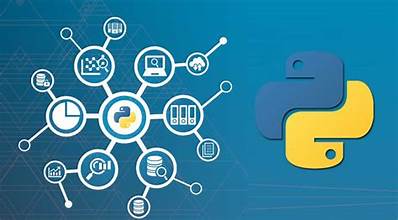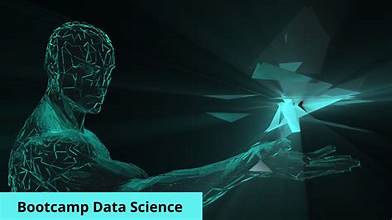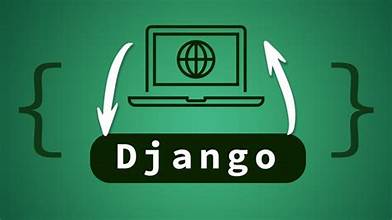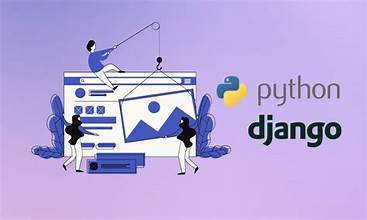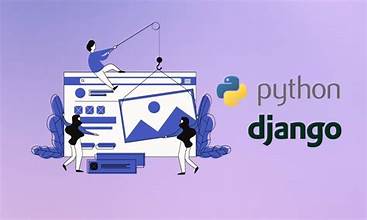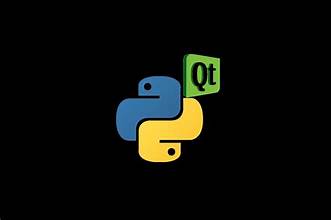Introduction
Django and Django REST Framework
- Templating, routing, forms, and authentication
- Constructs for code scaling
- Database management
The Fundamentals of APIs and Their Functionality
- Scalar types
- Web Architecture Patterns: the composite pattern, proxy pattern, and facade pattern
REST Overview
- Get option
- Pull option
- Post option
- Delete option
Preparing the Development Environment
- Installing Python
- Installing and configuring Django and Django REST Framework
- Setting up a version control system
- Setting up a development server with Docker
Creating a Basic Python Application with Django
- Building a new project
- Testing and committing changes
- Creating a database model
- Syncing the database with migrations
- Enabling admins
APIViews and Viewsets
- Adding URL configuration
- Creating and testing an APIView
- Adding methods to an APIView
- Creating and testing a Viewset
- Adding functions to a Viewset
Endpoints and Authentication
- Adding management and management user endpoints
- Creating APIViews
- Adding token APIs
- Testing for API validity
Deployment on a Cloud Based Server
- Adding a key pair
- Creating a server instance
- Implementing deployment scripts
- Deploying changes
Summary and Conclusion

